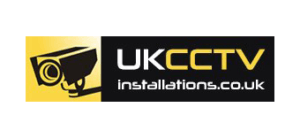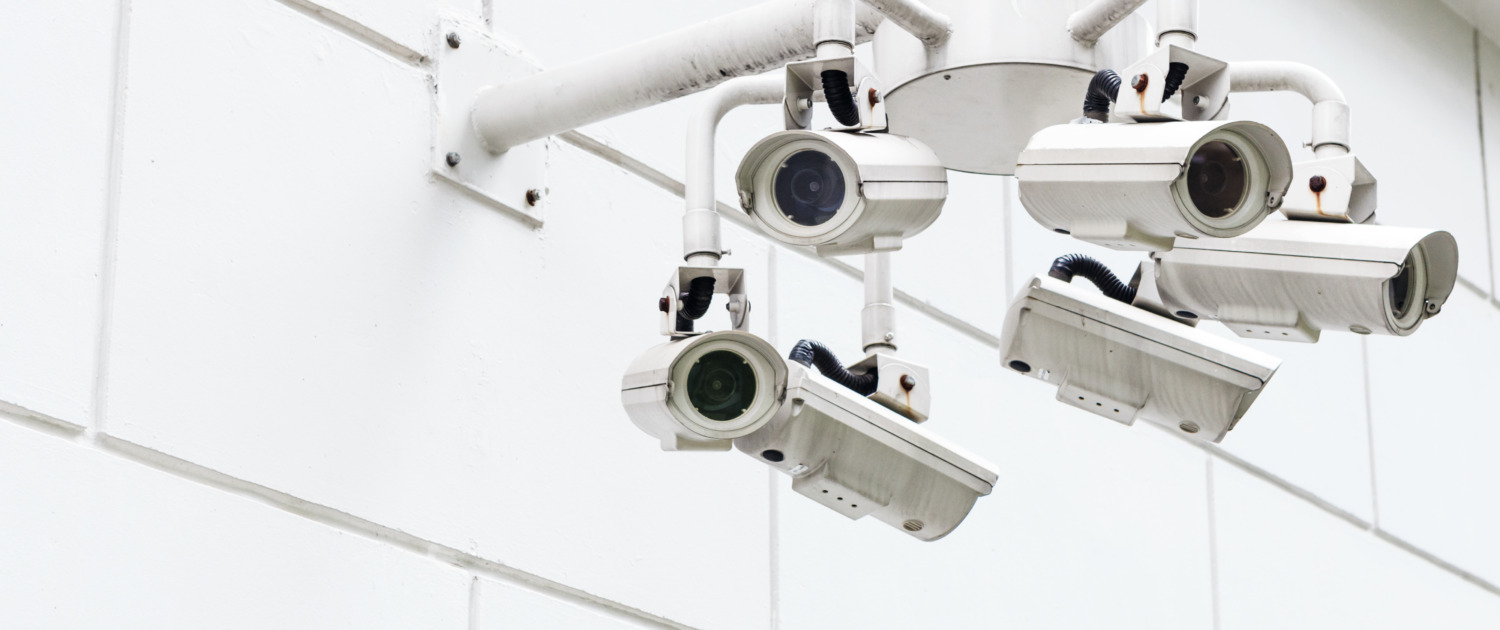Central London is famous for its lively urban scene, historic landmarks, and busy streets. Keeping everyone safe in such a dynamic environment is no easy task. To tackle this challenge, Central London has rolled out some of the most advanced CCTV technologies available. These state-of-the-art systems not only help in preventing and investigating crimes but also boost public safety and confidence. Let’s delve into the eight coolest CCTV technologies you will see around Central London.
1. High-Definition (HD) Cameras
Dynamic and Flexible Monitoring
One big leap in CCTV tech is the switch to high-definition cameras. These cameras offer super clear images, making it simpler to recognize faces, vehicles, and other essential details.
Enhanced Image Quality: HD cameras record in high resolution, often 1080p or more. This sharpness is critical for spotting suspects and gathering solid evidence. For example, during an altercation on the street, that crisp footage can capture tiny details like facial features and clothing—vital for investigations.
Wide-Angle Lenses: Many HD cameras come with wide-angle lenses, letting them cover more ground with fewer units. This efficient coverage cuts down on blind spots and ensures thorough surveillance. Picture a single camera at a bustling intersection keeping tabs on all four corners.
Low Light Performance: Modern HD cameras are crafted to work well even when it’s dark out, which is key for nighttime surveillance. In spots with nightlife or late-night activities, this feature ensures continuous monitoring without losing picture quality.
Zoom Capabilities: Some HD cameras boast strong zoom functions, letting operators zero in on distant objects or individuals without losing clarity. This comes in handy in open spaces like parks or plazas where incidents might be far off from the camera’s starting point.
2. Pan-Tilt-Zoom (PTZ) Cameras
Dynamic and Flexible Monitoring
PTZ cameras are designed to move around dynamically—they can pan (move sideways), tilt (move up and down), and zoom into specific areas. This flexibility makes them priceless for keeping an eye on large, busy places.
Remote Control: Operators can steer PTZ cameras remotely to focus on incidents as they happen. During large events, operators can zoom in on suspicious behavior and track individuals across different camera zones.
Auto-Tracking: Advanced PTZ cameras can follow moving objects or people automatically, providing constant monitoring without needing manual control. This is particularly helpful in high-traffic places like train stations.
Preset Tours: PTZ cameras can be programmed to follow preset tours, moving automatically between points of interest at regular intervals, thereby covering multiple critical areas efficiently.
Integration with Other Systems: PTZ cameras often link easily with other security systems such as alarms and motion detectors—when an alarm sounds off, these cameras can focus immediately on the triggered area, giving instant visuals of what’s happening.
3. Facial Recognition Technology
Instant Identification
Facial recognition technology has changed how law enforcement identifies suspects and monitors large crowds by comparing faces captured by cameras with databases of known individuals.
Crime Prevention: Identifying known offenders quickly allows authorities to step in before crimes take place and apprehend suspects swiftly if needed. If someone with a criminal record shows up near sensitive areas, police can act proactively.
Event Security: At large public events, facial recognition helps identify people from watchlists, making sure safety measures catch any potential disturbance early. This is particularly crucial at high-profile gatherings where risks are higher than usual.
4. Video Analytics & Artificial Intelligence (AI)
Intelligent Surveillance
AI-powered video analytics enable CCTV systems to analyze footage in real-time, catching unusual behavior and instantly alerting authorities to improve the overall effectiveness of surveillance efforts.
Behavior Analysis: Detecting suspicious activities like loitering, abandoned objects, and sudden movements quickly flags possible threats, allowing quick intervention to prevent escalation.
Pattern Recognition: Finding trends over time helps predict and prevent potential security threats. Frequent loitering in a certain area can indicate a possible hotspot for illicit activities, prompting increased patrols nearby.
Reducing False Alarms: AI can filter out benign activities like birds or leaves flying about, focusing on genuine threats and reducing unnecessary alerts.
5. Thermal Imaging Cameras
Seeing Beyond the Visible Spectrum
Thermal imaging cameras detect heat signatures, capturing images even in pitch darkness or through smoke and fog. This capability is crucial for 24/7 surveillance in harsh and varying lighting conditions, ensuring consistent visibility.
Night Vision: Enhanced night vision is essential in areas with nightlife or late-night activities.
Adverse Weather Conditions: These cameras remain robust in heavier rain, snow, and dense fog, ensuring consistent surveillance.
Environmental Monitoring: Thermal imaging is also used for broader urban management and conservation initiatives, such as monitoring wildlife.
6. Wireless CCTV Systems
Flexible and Scalable
Wireless CCTV systems are easy to install, cost-effective, and highly flexible. They are ideal for temporary setups or locations that require rapid deployment and minimal disruption.
Easy Deployment: Battery options and rapid installation allow for versatile deployment as needed.
Integration with Existing Networks: These systems can be seamlessly integrated into existing network infrastructures, making additions and expansions smooth.
Remote Management: Cloud-based management allows for easy access and proactive maintenance, offering significant advantages over traditional systems.
7. Cloud-Based Storage Solutions
Secure and Reliable Data Management
Cloud-based storage solutions offer secure, reliable data storage and efficient management.
Remote Accessibility: Conveniently store and access data, ensuring protection and compliance with data protection regulations.
Scalability: Easily scalable to accommodate growing data needs, these solutions are cost-effective and reliable.
8. Integrated Access Monitoring
Comprehensive Security Solutions
Integrated access monitoring systems connect seamlessly with existing networks, providing a unified and structured approach to security.
Unified Access Control: These systems verify entry and exit points, streamline visitor logs, and automate access control.
Timely Responses: Integrated systems capture and record incidents in real-time, allowing for quick and effective responses.
The Human Element: Advancing Efficiency and Effectiveness
While technology plays a crucial role, skilled operators and ethical practices are essential to effective CCTV surveillance.
Skilled Operators
Trained personnel are critical in interpreting data, making decisions, and handling emergencies. Their expertise ensures that CCTV systems are used effectively and responsibly.
Ethical Practices
Adhering to ethical standards in surveillance operations ensures respect for individual rights and prevents misuse. Regular audits and stringent privacy regulations maintain high ethical standards in CCTV practices.
Future Directions and Innovations
Advancements in technology continue to enhance the capabilities of CCTV systems, integrating smart technologies to optimize observational capacity.
Smart City Integration
Integrating CCTV with urban smart systems collaboratively optimizes security management, ensuring pristine coordination and broader coverage.
Enhanced Data Analysis
Advanced data analysis techniques further enhance the predictability and accuracy of surveillance, improving the overall security framework.
Increased Public Engagement
Focusing on increasing public engagement through inclusive technologies and interactive platforms ensures a healthier and more equitable environment.
Conclusion
CCTV is undeniably a modern policing tool, especially within the bustling metropolis of Central London. It plays a crucial role in safeguarding the public, preventing crime, enhancing confidence, and aiding investigations. Addressing privacy concerns and leveraging technological advancements ensures a secure and vibrant environment for all inhabitants and visitors.



